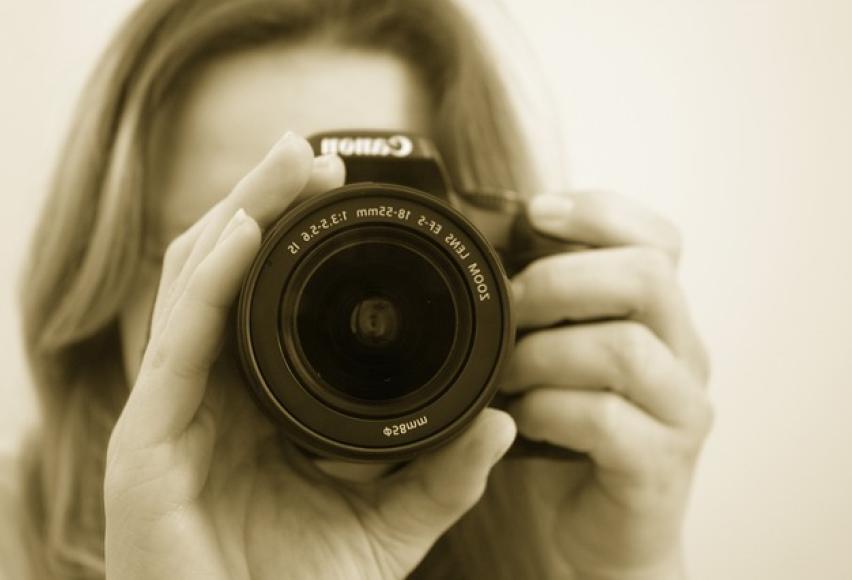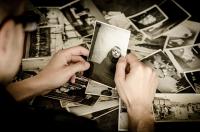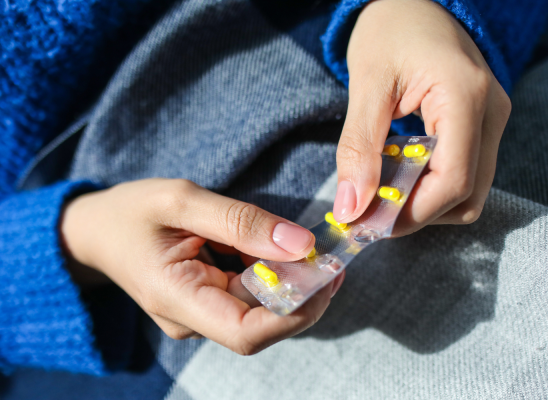The power of pictures

Online test
Find out the severity of your symptoms with this free online test
Have you ever taken pictures of your hair to keep track of how much hair you lose over time due to pulling? It is a technique that research says is effective for assessment and evaluation, but did you know it can be used to show progress in treatment?
A study conducted in 2016 set out to find out if taking photos of someone during treatment for trichotillomania had any effect on behaviors or quality of life. There were some difficulties setting up this study so it conformed with parameters of a well-designed study. However, those who took before and after pictures during treatment demonstrated a positive response to using photos. Whether the photos themselves had any impact on a person’s pulling behaviors is unknown, but those who saw visible progress reported feeling better about treatment.
Change is hard.
In the midst of change, it’s often difficult to see progress. We get caught in the quagmire of hard stuff and because we have not achieved what we view as “perfection” in recovery, we tend to think that we’ve not made any progress. But we don’t see the small changes because we see ourselves every day. You may not notice the small, incremental changes, but they are there and they are necessary for lasting change.
In the movie “What About Bob?” the therapist, played by Richard Dreyfuss, promotes the use of “baby steps” which is hilariously illustrated throughout the movie. Whether you’ve seen the movie or not, the concept of “baby steps” is a helpful one in therapy. Most people cannot go from A to Z or 0 to 100mph immediately, instead, there are multiple letters and numbers in between that come first. However, in the midst of navigating baby steps, it can feel frustrating, overwhelming and stagnant. That’s where pictures come in.
Ideas for using pictures in treatment
- Take a photo of the areas you tend to pull hair when you start treatment.
- Commit to not viewing the photos regularly.
- After 4-6 weeks of treatment, take another set.
- After 8-10 weeks, take another set of photos and then look back at the previous sets.
- Evaluate your progress with someone supportive.
- Look for positive change.
- Keep working on your skills and take more photos in 4-6 weeks.
- Let the cycle continue and see if the process has any impact on your recovery.
Remember, recovery involves baby steps that are hard to see. Try capturing photographic evidence to encourage yourself to keep on working at it.
Online test
Find out the severity of your symptoms with this free online test
Start your journey with TrichStop
Take control of your life and find freedom from hair pulling through professional therapy and evidence-based behavioral techniques.
Start Now



